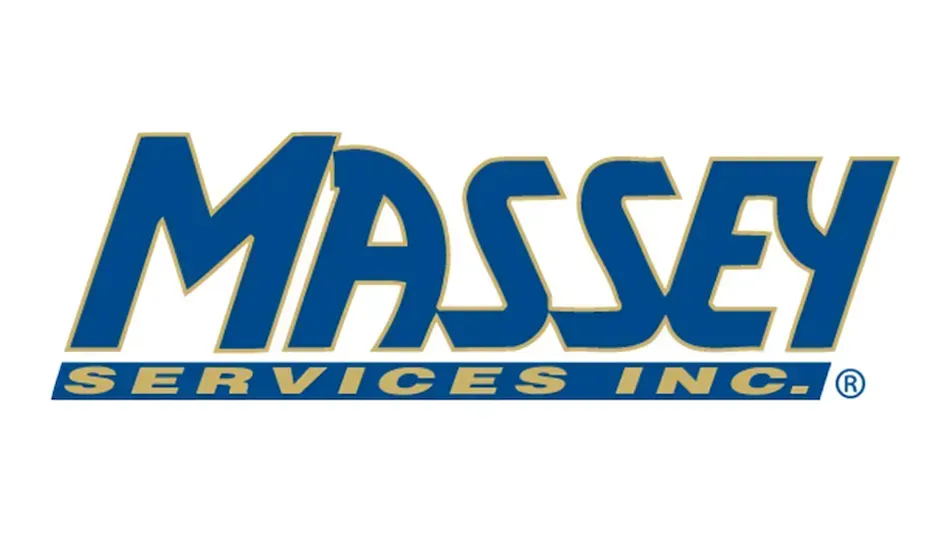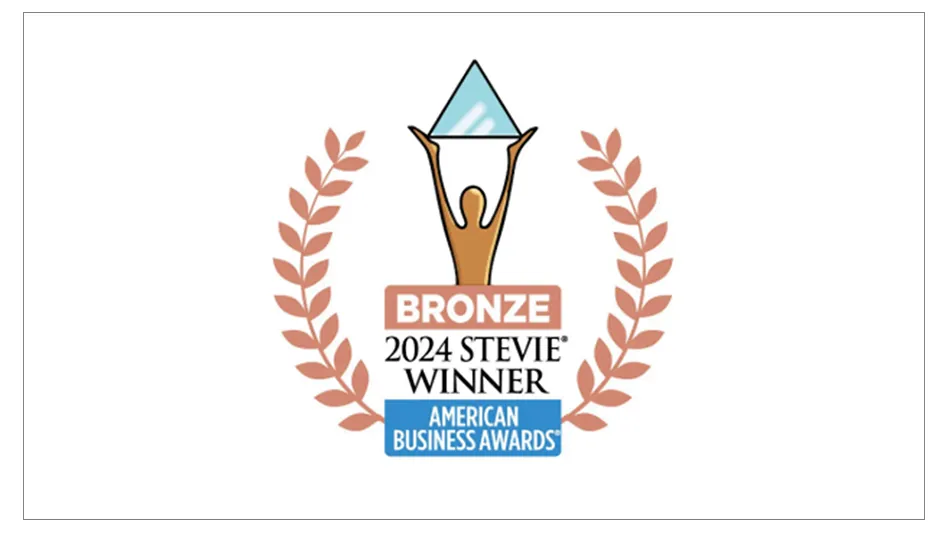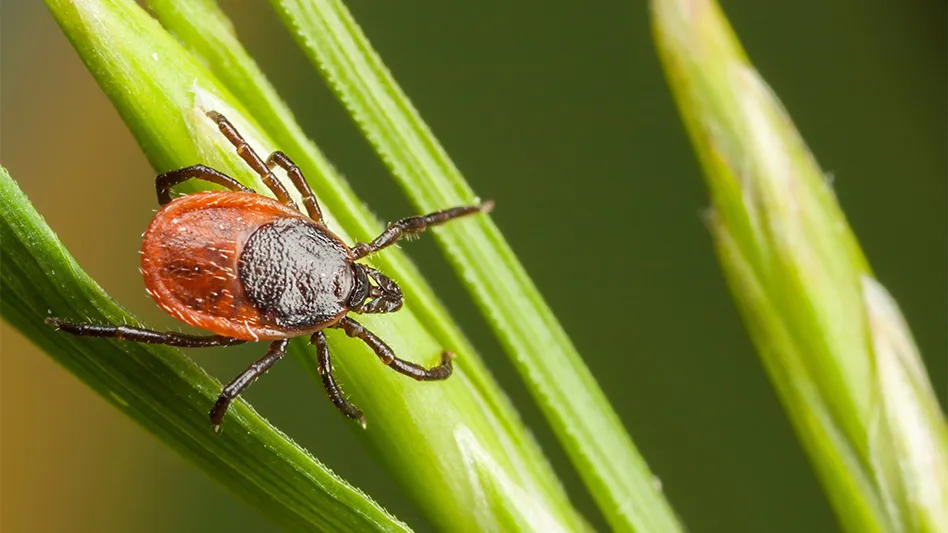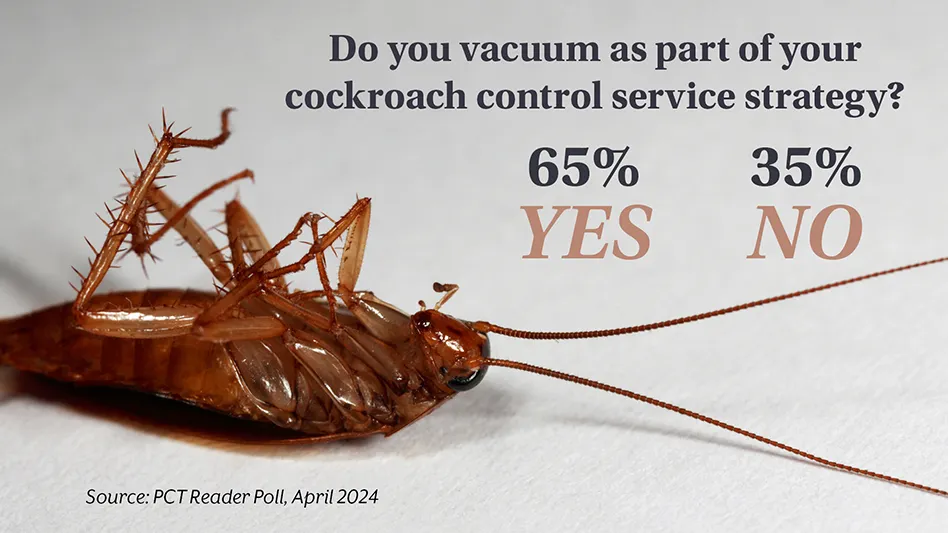
A Purdue University-developed technology concept could provide pest control companies with a more effective way to control termites and prevent associated damage. The technology works by targeting the termite’s resistance genes that help the insect fight off a known fungus that can effectively eliminate termites.
“Termites damage approximately 600,000 homes in the U.S. each year,” said Michael Scharf, an associate professor and the O.W. Rollins/Orkin Chair in Purdue’s Department of Entomology, who developed the technology. “Understanding the small, wood-destroying insect’s biology and behavior can lead to more effective methods that are specifically targeted at termites to control infestation, prevent damage and potentially decrease the insects’ spread.”
Scharf said non-specific chemical insecticides are sometimes ineffective, or not preferred by some homeowners, and a method to target the termite’s genes to dismantle their defense mechanisms against fungus is needed.
“Termites have all these microbes living in their gut, like humans do. These microbes are able to help fight off a known pathogenic fungus that can infect termites and eliminate them,” Scharf said. “Some insecticides and drugs can kill some of the microbes that provide termites with resistance to pathogenic fungus, making termites more vulnerable to fungal pathogens. However, a more effective method is needed to target the termites.”
Scharf said the core of the technology is being able to target the termite’s resistance genes and make the termites susceptible to the fungus.
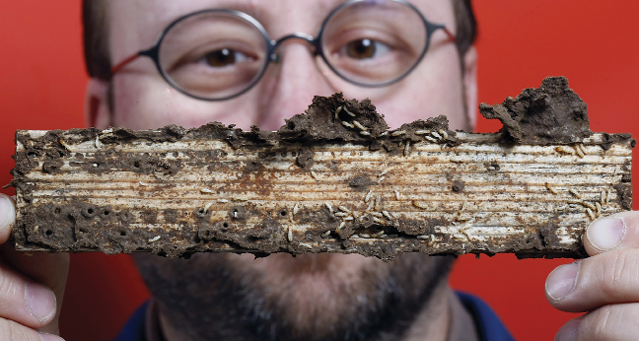
“If you try insecticide or fungus by itself, in really low doses, nothing happens,” he said. “Although the insecticide has been in use for a long time, it has never been used in combination with the fungus. Through testing we found that once you combine the two together, all the termites were eliminated.”
Scharf said the technology is ready for a company to further test and develop the approach. “We hope to determine other methods to silence the termite’s genes that give resistance to the fungus; this could be with RNA interference, drugs or antibiotics,” he said. “Doing this will make the fungus more effective without using the insecticide.”
A non-provisional patent has been filed for this technology through the Purdue Research Foundation’s Office of Technology Commercialization and is available for license.
“We are eager to partner with a company to further develop the technology and test it on a larger scale,” Scharf said. “We’re excited to discover this technology’s full potential for termite control systems.” Source: Purdue University
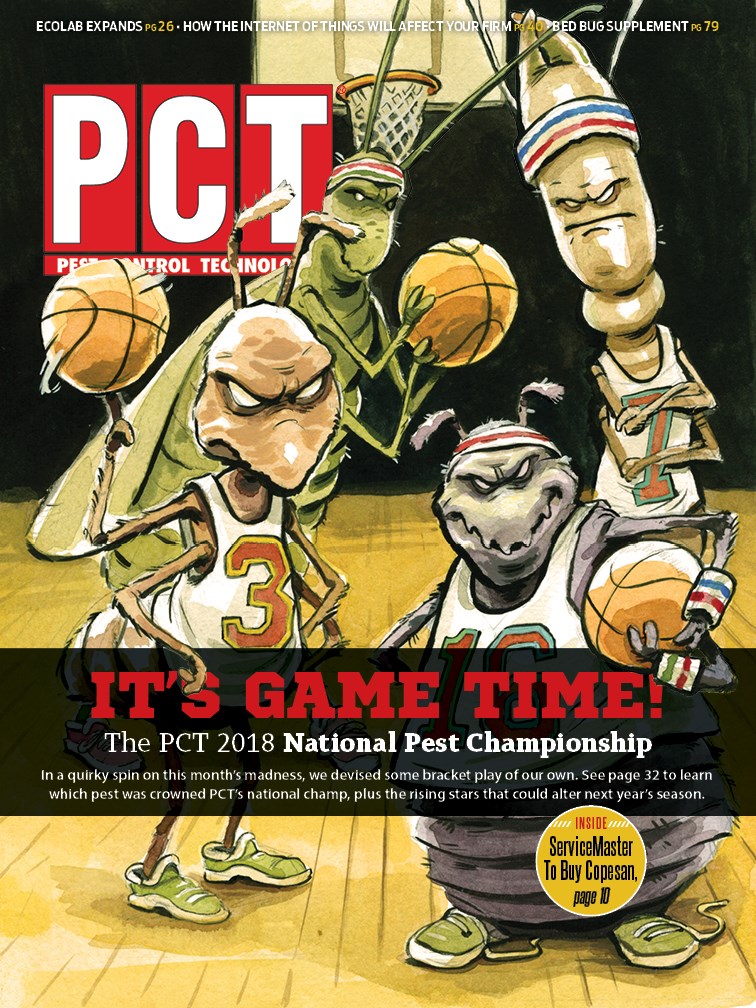
Explore the March 2018 Issue
Check out more from this issue and find you next story to read.
Latest from Pest Control Technology
- Ground Control
- Scientists, PMPs Collaborating to Map Termite Distribution in Southern U.S.
- Viking Pest Control Organizes a Charity Bike Build for Local Families
- Gaining Control of Structure-Infesting Carpenter Ants
- Big Blue Bug’s Brian Goldman Receives Rhode Island Small Business Person of the Year Award
- UF Researchers Examine How Much Bait it Takes to Eliminate a Subterranean Termite Colony
- Women in Pest Control Group Continues to Grow, Provide Opportunities in the Industry
- NPMA Announces Results of 2024-2025 Board of Directors Election
